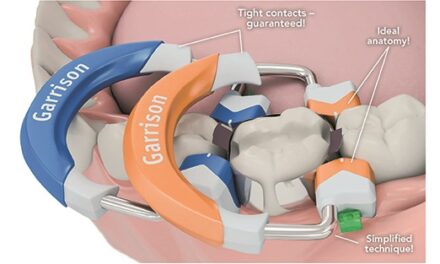By Julie Parker, Julie Parker Practice Success
Upset or angry patients can really put you off. You find yourself feeling intimidated and reacting to them rather than being in control and using effective communication.
Because upset patients rarely give you advance notice that they are about to become confrontational, you need to plan now, and have it in your back pocket ready to use when necessary. Become very familiar with your plan through training such as role-playing so you are comfortable with the words you will be saying, your body language, voice tonality and demeanour.
Firstly, let’s understand the patient behaviour.
Why do people become angry?
People become angry when they feel they need to defend themselves against what they believe is being victimised, treated unfairly or being disrespected. Remember, it is their perceptions that you are dealing with, not the facts of the situation. One of your objectives is to effectively communicate the ‘facts’ to each patient (see The 3 Step Plan below).
Angry people have a form of victim mentality: they are expecting others to ‘right’ their perceived wrongs. Their emotional state is driven by thoughts of:
- I am HURT
- I am being IGNORED
- I am being DISRESPECTED
- I have been ‘RIPPED OFF’
- I am UNLOVED or UNCARED for
Ego is usually the basis for someone throwing their weight around. An out-of-control ego is extremely susceptible to the slightest pokes and scratches, and is a common syndrome of angry, upset or confrontational people.
The plan
Step 1 — diffuse the anger
The key is to have calmer patients. They will not hear you, or seek to understand you, if they remain angry. Angry people believe that the best way to solve their problem is to remain obviously upset, and to maintain this level of aggression until they are satisfied that you have heard and understood them.
The way to diffuse the anger is to establish in their minds:
- I hear you (LISTEN to their version, without interrupting)
- I understand you (EMPATHISE by stating “I understand why you are upset.”)
- I am going to help you (ACTION “Thank you for discussing this with me. I am now going to investigate the issues so I can develop a solution for you.”)
Step 2 — gather information
Understand each scenario by gathering facts from all people involved through participation or bearing witness. No one person gives you an accurate account of events because they only offer their personal perception of what occurred.
From the patients:
Initially, you will get the patient’s version. With open and relaxed body language, a caring interested tone of voice and strong eye contact, say to the patient:
“Rest assured that I am here to help you, so share with me the situation from your perspective.” This is a powerful sentence as it tells the patients what they need to hear to calm down, without admitting any fault, or agreeing with the patient’s version of events.
Do not become a participant in their dramatisation of the events. You are to be a calm, non-emotional moderator.
From the staff:
Next ask for others versions. Avoid confrontation: This can distort information through defensiveness. Simply state:
“Patient X has expressed concern about his last session. What do you remember of what occurred?”
Don’t judge what occurred or how people behaved. This is an ‘information gathering’ process only.
Step 3 — resolution
Meet with the principal dentist/owner/manager and communicate the details without bias. Work together on the facts only, not the emotions. Establish the proposed resolution. Recognise the need to see situations from the patients’ perspectives to reach effective solutions for them.
Then communicate the solution:
Communicating the solution to the patient is ideally done in person. Then you can read all of their body and voice language in order to gauge the effectiveness of your proposed solution.
- Reiterate the patients’ reasons for becoming upset
- Inform the patients of the reasoning behind the resolutions, so they appreciate the good intentions of your business
- The proposed solution
Remember, never be afraid of refunding a patient if they are very upset. The cost to your practice in terms of financial, time, upset and reputation is always going to be higher than any refund. The reason many resist refunding patients is that they think this is ‘admitting fault’. It isn’t. It is buying peace and patient satisfaction.
Julie Parker
DirJulie Parker Practice Success
m. 0407 657 729
e. julie@julieparkerpracticesuccess.com.auuli Parker was the first non-dentist to own a dental practice in Australia. After 10 successful years of managing her practice in Brighton, Victoria, Julie joined forces with Australasia’s Passion Provocateur, Charles Kovess, to create Julie Parker Practice Success. They are on a mission to teach all dental teams the strategies and know-how of achieving great success.

107/18-34 Station Street,
Sandringham VIC 3191 Australia
T: +61 407 657 729
E: julie@julieparkerpracticesuccess.com.au
www.julieparkerpracticesuccess.com.au










